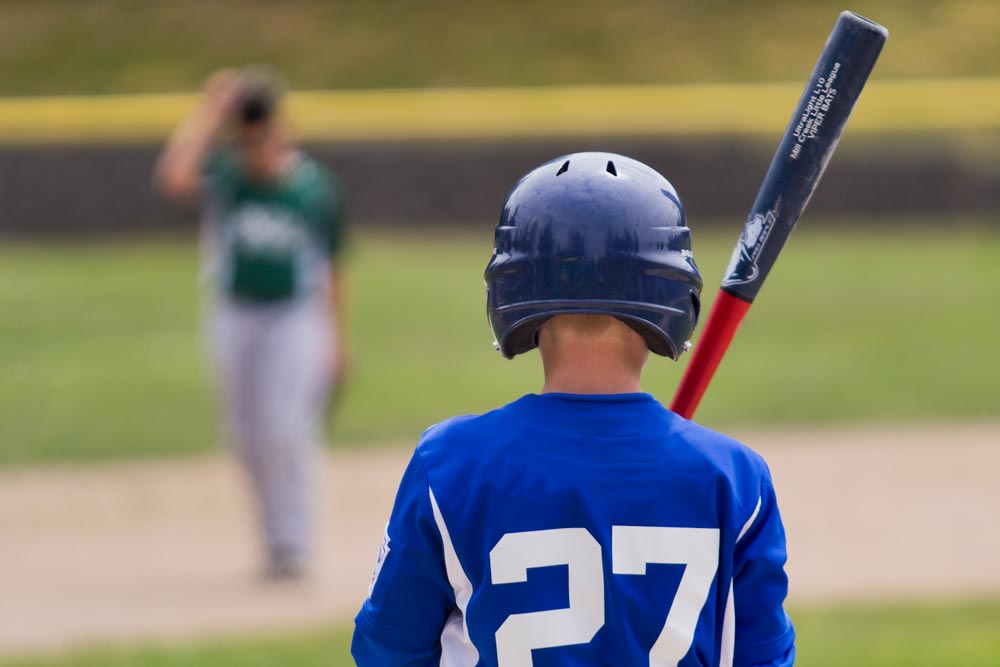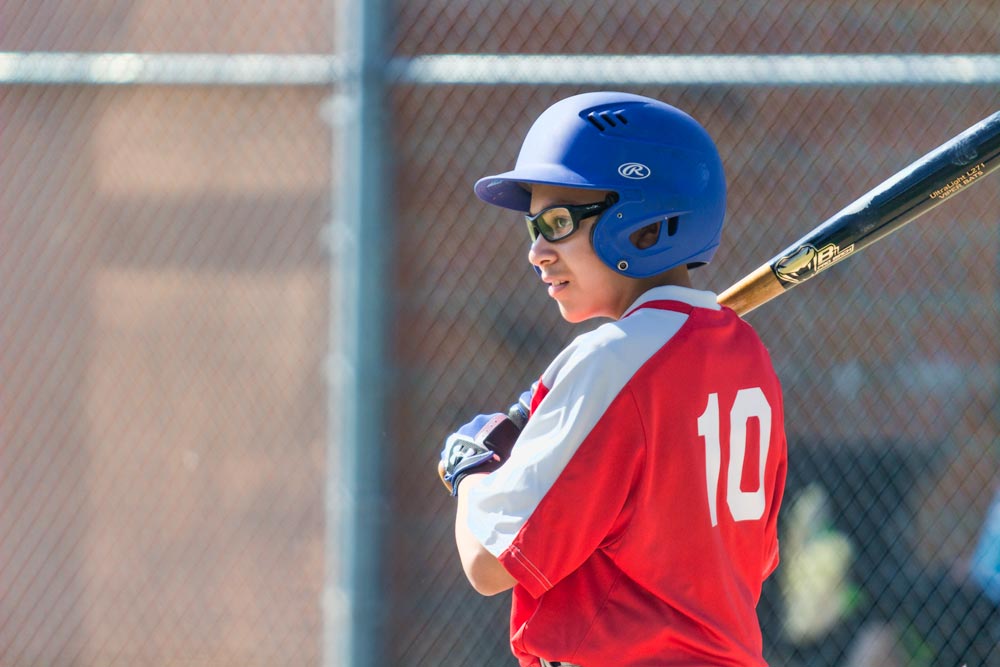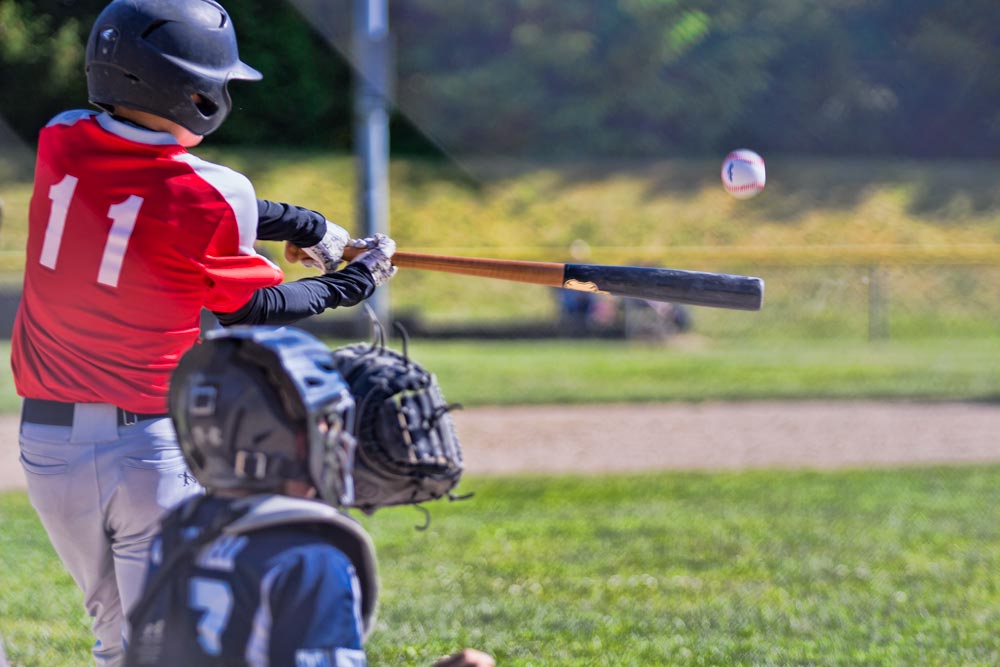Making the Case for Wood
Looking for the best bat to get after the new USAbat® rule changes? You've come to the right place!
Best Models:
What's legal?

In 2018, Little League© baseball changed their bat standards from high-exit velocity alloy bats to a safer alternative that more resembles the performance of a wood bat. Now, all alloy bats have an exit velocity of around 100MPH – very similar to wood. This change helps level the playing field and it’s what the pros use, so it just makes good sense. Helpful blurb from USABat©:
"Solid, one-piece wood bats that adhere to Little League’s© regulations will be allowed for play with or without the USA Baseball© mark. Multi-piece wood bats must have the USA Baseball© mark to be approved for play. This includes two-piece wood bats, composite wood bats, laminated wood bats, bonded wood bats, bamboo bats, and any wood bat that could be defined as an ‘experimental’ design."
Why change to wood?

Traditional youth-sized alloy bats are made from the largest allowable dimensions possible, up to 2 5/8” depending on the league, with a -8 to -12 weight differential or “weight drop.” It doesn’t take much skill to get a hit with alloy because of the physics involved – metal contracts and reflexes quickly so contact with almost any part of the bat can result in a hit. How does wood compete with that?
- Wood offers large barrels and high weight drops too! We’ve got you covered.
- Bragging rights - using wood takes skill, the exact sort of skill required to push yourself all the way to the pros. Wood bats have smaller sweet spots (even the large barrels) and you have work to earn your bragging rights! Transition to Wood Training Tips
- If you can hit with wood, you’ll hit very well with alloy, but not vice versa. Real hitters use wood!
How to choose a bat

Ultimately, it’s all about what feels best to you and works with your swing. Apart from feel, the best thing to do is choose a high-density bat and practice, practice, practice! Density = durability and “pop.” Density is determined by wood species and harvest location, how the wood is split (hand-split billets are straighter, stronger and more durable than sawn), model type and options like cupping. The highest density bats are small-barreled without weight drops or cupping.
Most parents want their kids to feel the excitement and satisfaction of getting a hit, and that’s part of why our Big Barrel UltraLights are so popular. Yet, the lighter the bat the easier it is to break so we want to be sure it is made from a durable material. At Viper Bats, all your bats begin with the straightest, hand-split billets of high-density wood. Maple and Birch are the superior choices in this regard, either will work great and the differences between them are subtle.
We recommend starting with a bat similar in length and weight to any alloy bat you’ve recently used. If strength at the plate is a concern, consider dropping down a size. Parents can reference our sizing chart to get a better idea of what other kids are swinging or email us and we’d be happy to help. Some general recommendations include:
 271 Model – for slightly smaller kids who are contact hitters
271 Model – for slightly smaller kids who are contact hitters 243L Model – for stronger, power hitters
243L Model – for stronger, power hitters L10 Model – our traditionally-sized 2.25” barreled youth bat.
L10 Model – our traditionally-sized 2.25” barreled youth bat.


